"However, until now extracting the hydrogen from the material has posed a problem,” said Prof. Andreas Stierle, Head of DESY's Nanolab. “That’s why we are trying palladium particles that are only about one nanometre across.” A nanometre is a millionth of a millimetre. This is where nanotechnology comes in as the physical and chemical properties of nanoparticles change the smaller they become. Yet, the palladium nanoparticles must remain stable and not increase in size when exposed to hydrogen. To ensure that the tiny particles are sufficiently sturdy, they are stabilised by a core made of the rare precious metal iridium. They are also attached to a graphene support or extremely thin layer of carbon. "The iridium core acts as an anchor, so to speak, and ensures stability," Stierle pointed out.
The Hamburg Metropolitan Region is particularly suitable for a green hydrogen sector, according to the Organization for Economic Cooperation and Development (OECD). Research into the future of a hydrogen ecosystem is being conducted in 12 government-funded, large-scale hydrogen projects alone. Even more research remains to be done into the entire hydrogen ecosystem - from energy-efficient production to transport and storage. Although hydrogen might be a promising energy carrier, it remains a highly volatile gas. And storage is costly as the gas has to be kept in pressurised tanks, at up to 700 bar, or it must be liquified, which means cooling it down to minus 253 degrees Celsius. Both procedures consume additional energy. A team of researchers from Cologne and Hamburg is now pursuing an innovative approach based on nanoparticles and palladium. The precious metal has the highest absorption capacity and can soak up hydrogen like a sponge.
Nanotechnology opening up new opportunities
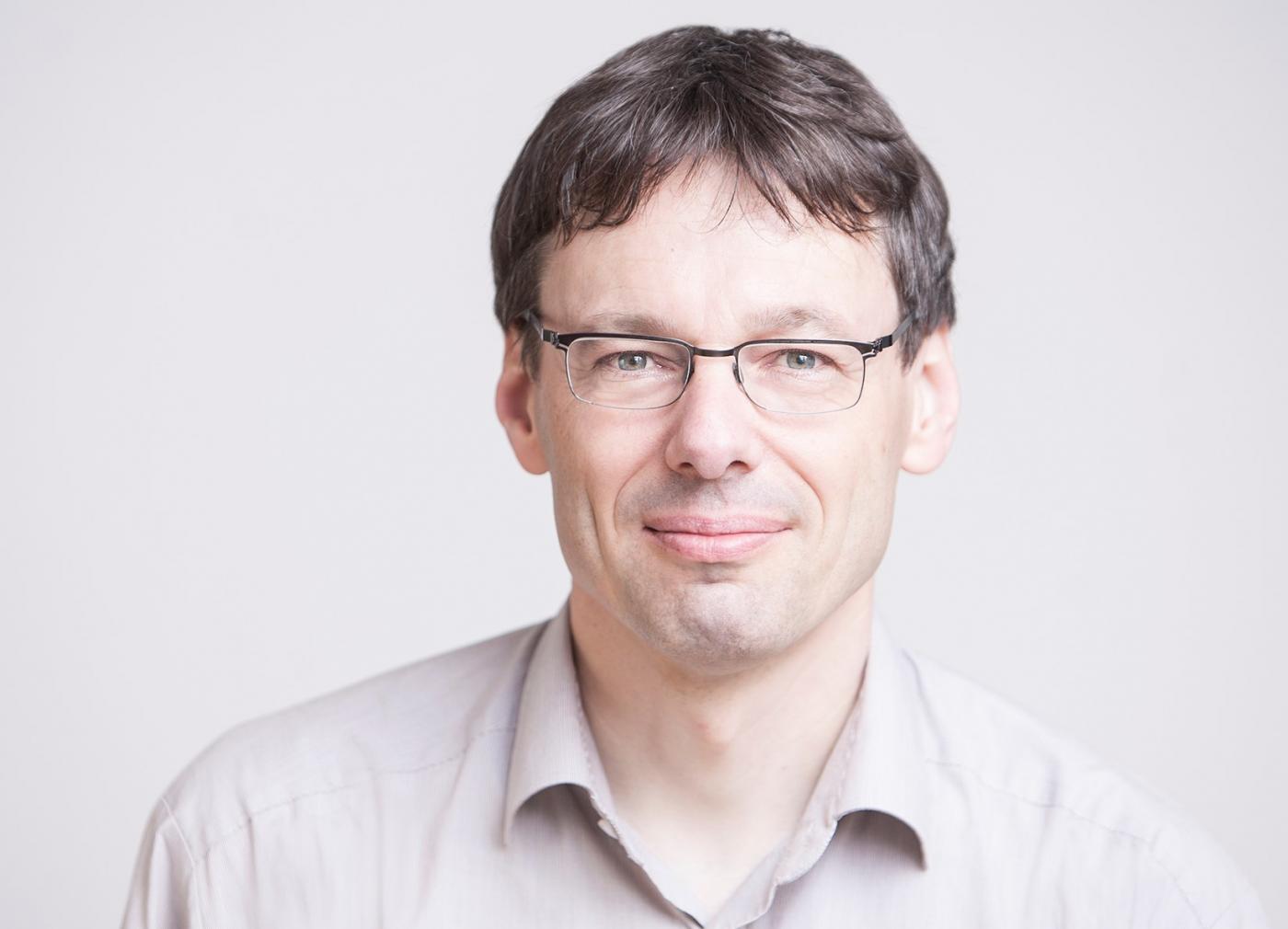
Nano-chocolates storing hydrogen
The researchers used DESY’s X-ray source PETRA III to observe what happens when the palladium particles come into contact with hydrogen. PETRA III counts among the world's cutting-edge storage ring X-ray sources. The brilliant, intense X-ray light generated there allows researchers to look deep inside the matter of the object observed. Essentially, the hydrogen sticks to the nanoparticles' surfaces and hardly any of it penetrates the interior. The nanoparticles can be pictured as resembling chocolates: an iridiumnut at the centre, enveloped in a layer of palladium, rather than marzipan, and chocolate-coated on the outside by hydrogen. A small amount of heat is added to recover the stored hydrogen, which is then released rapidly from the surface of the particles as the gas molecules do not have to push their way out from inside the cluster, said Stierle.
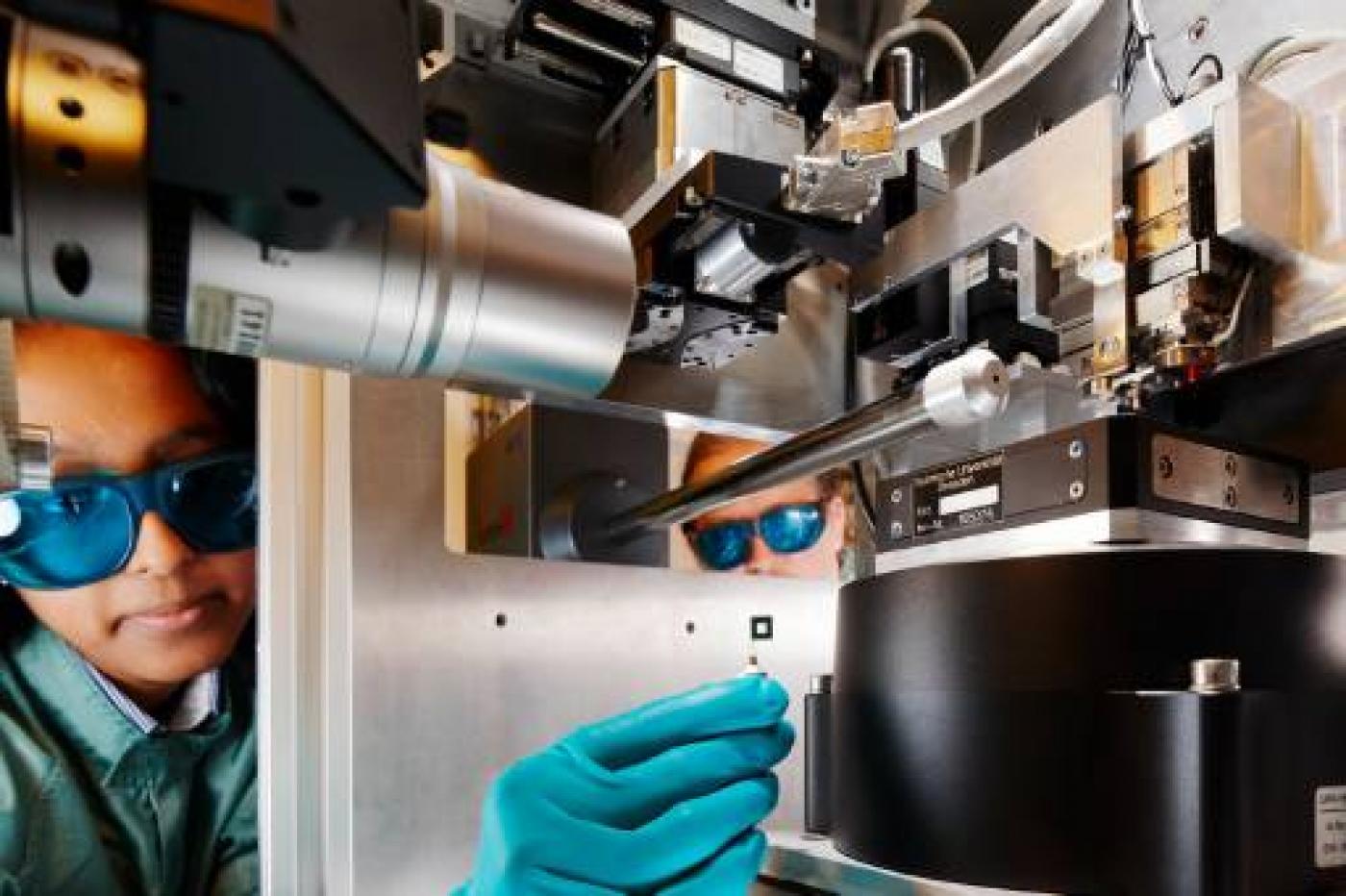
Next step - transport applications
The innovative approach to hydrogen storage was developed in realistic environmental conditions as part of a basic research project, Stierle stressed, adding: "Our next step is toward practical applications such as transportation applications. To this end, we are in talks with potential partners such as the Fraunhofer-Gesellschaft, and the German Federal Ministry of Education and Research (BMBF) for the relevant funding." Various industrial companies have also already signalled interest, Stierle told Hamburg News. "Hydrogen is hugely interesting at present."
ys/pb
Sources and further information
More
Similar articles
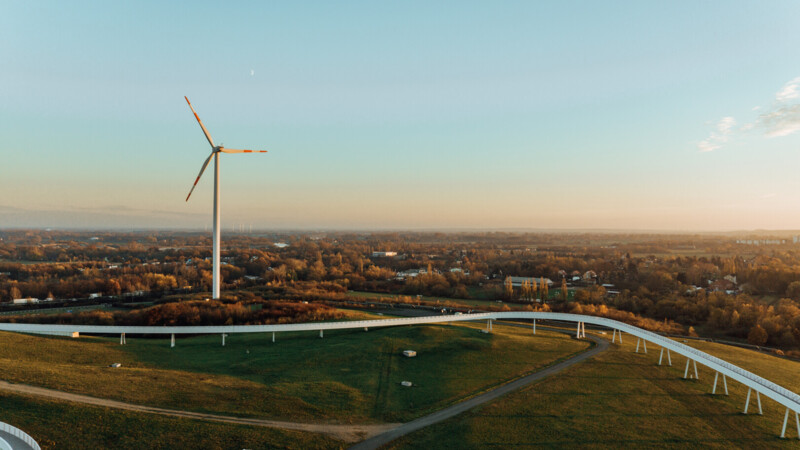
North Germany gets hydrogen centre for aviation and shipping
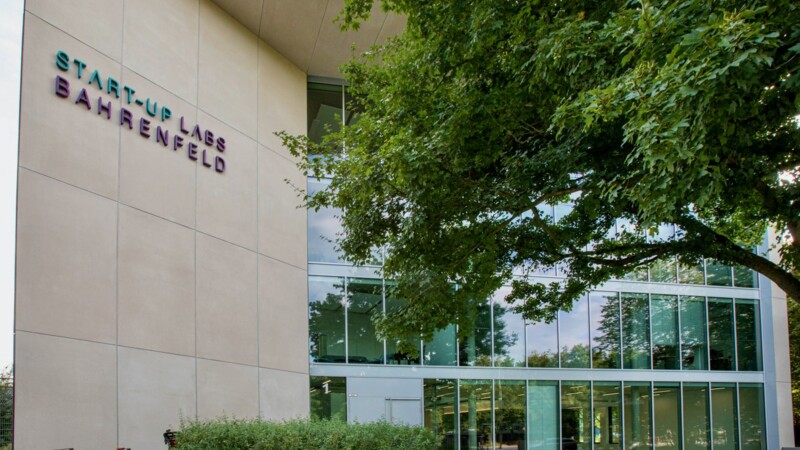
Glimpse behind scenes at Startup Labs Bahrenfeld
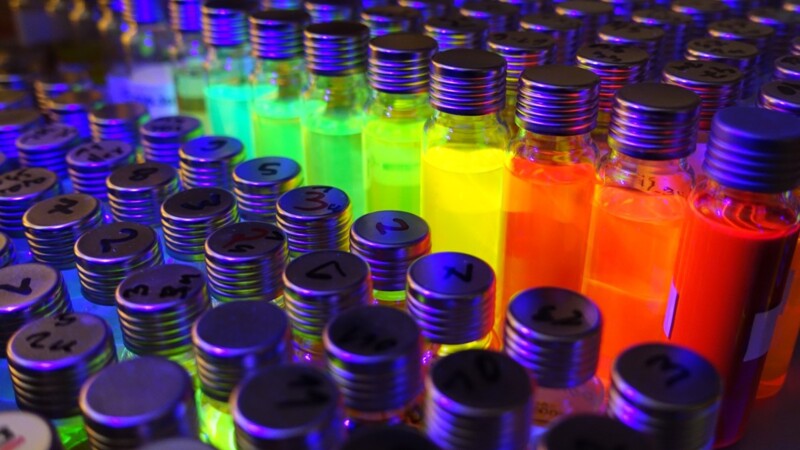
IAP CAN holds huge opportunities
